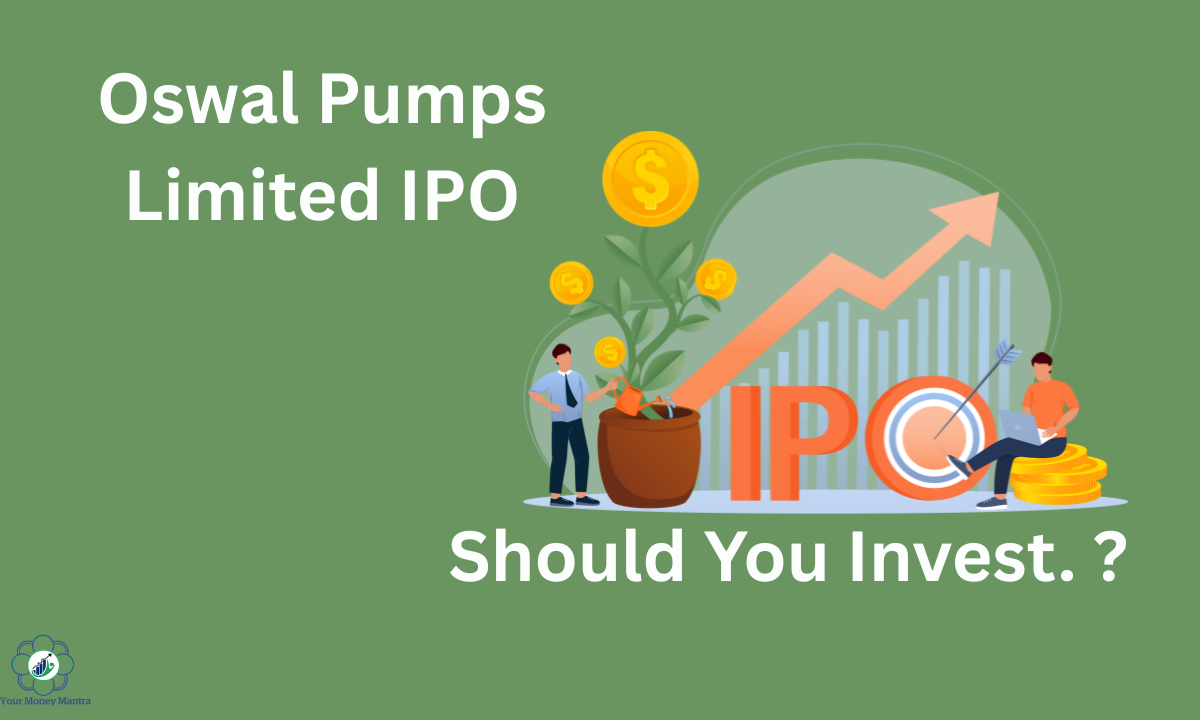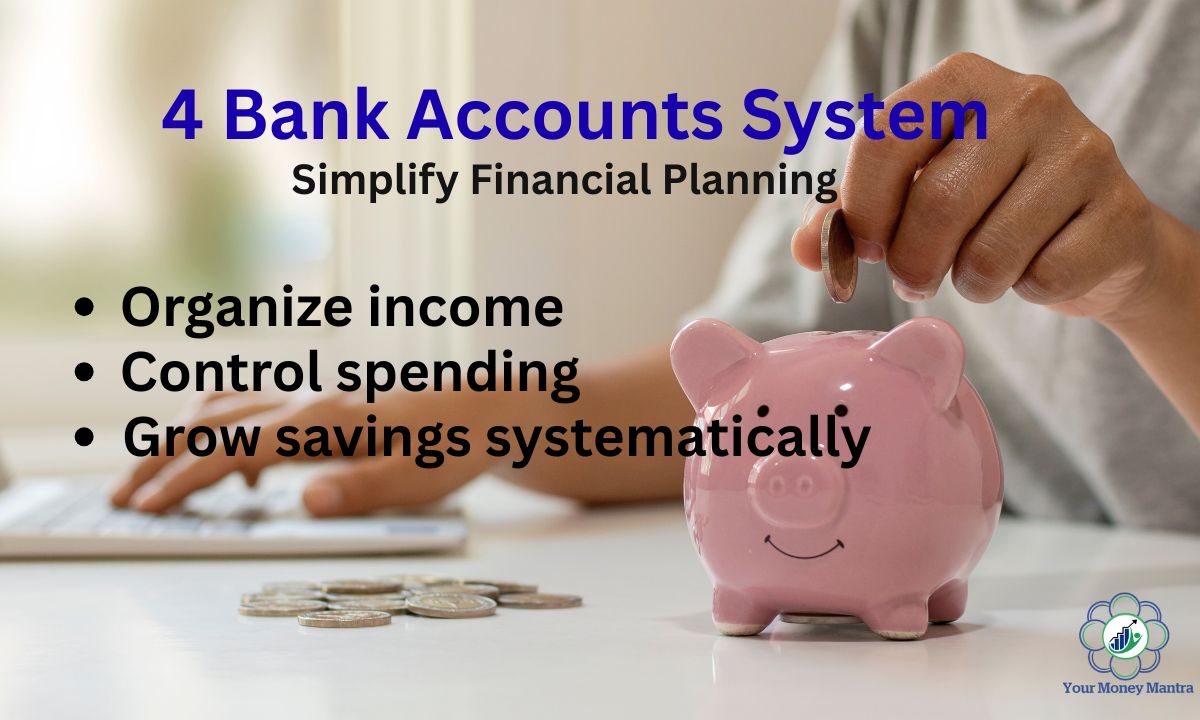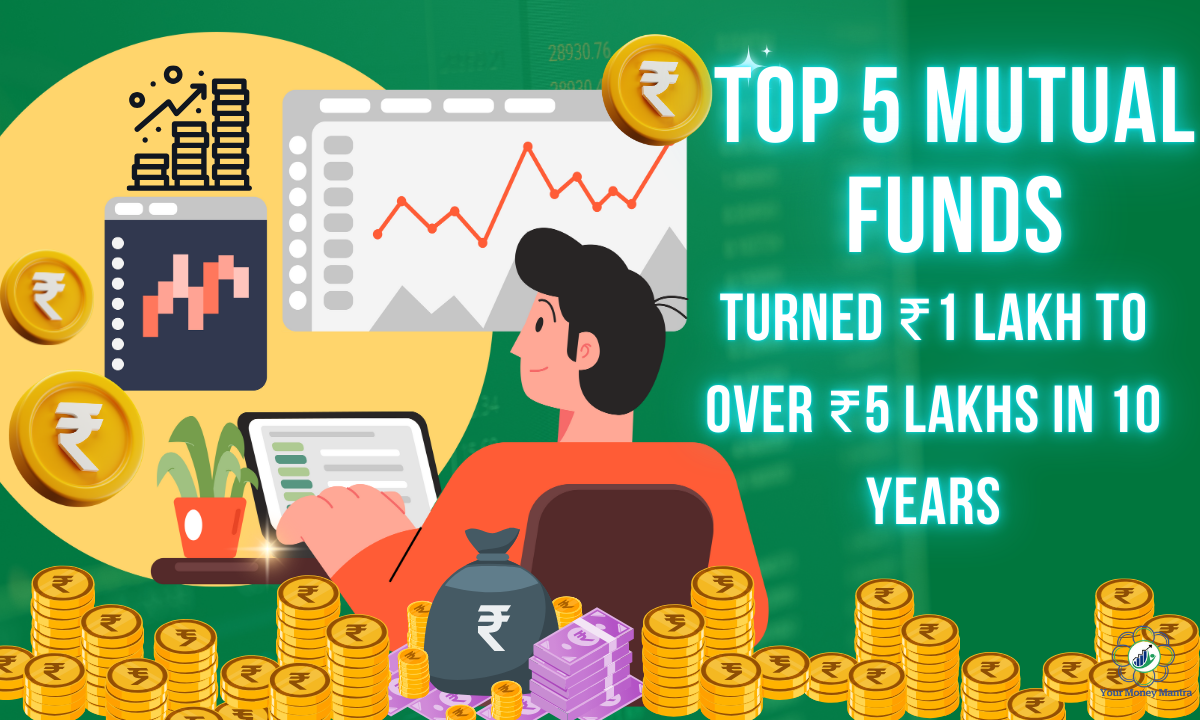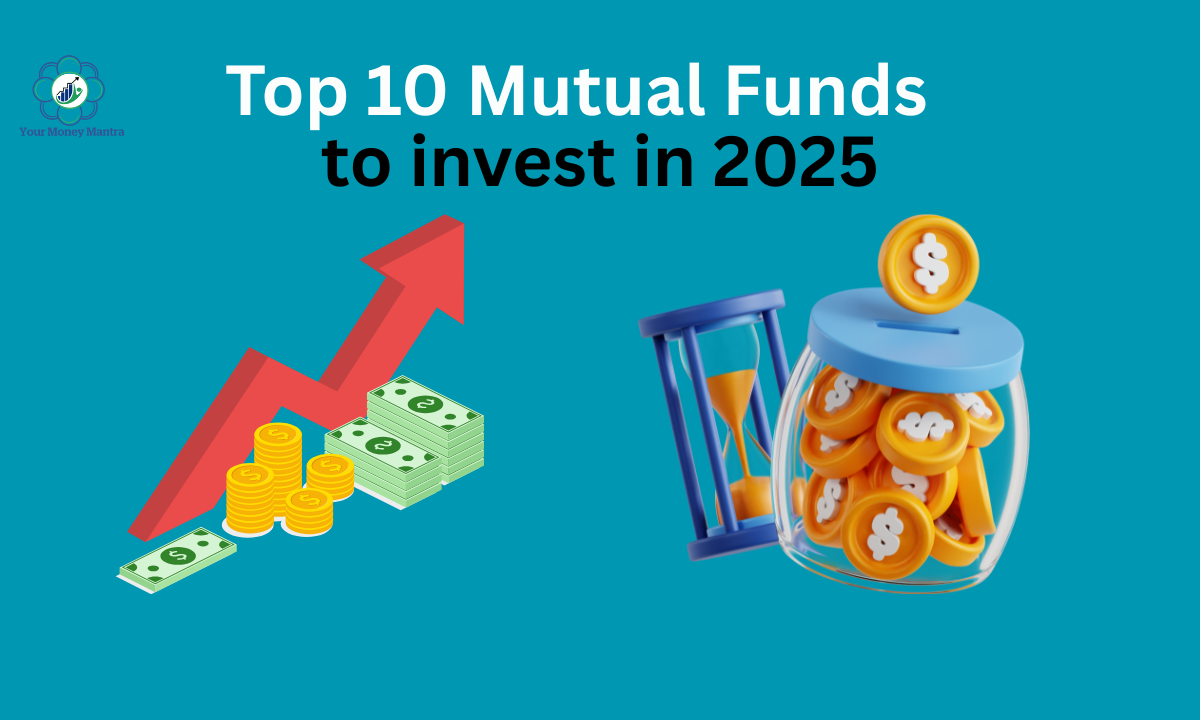Introduction
In stock markets, the term “Futures and Options” often sounds intimidating to beginners. But once you break it down, these are just tools used by traders and investors to either hedge their positions or speculate on market movements. This article will simplify Futures and Options (F&O), explain how they work, and help you understand their benefits, risks, and practical uses in the Indian stock market.
What are Derivatives?
Before diving into Futures and Options, let’s understand the broader term — Derivatives.
A derivative is a financial instrument whose value is derived from the value of another asset, known as the underlying asset. This asset can be a stock, index, commodity, currency, or interest rate.
Futures and Options are the two most popular types of derivatives traded in the Indian stock market.
What are Futures?
Definition:
A Futures contract is a legal agreement to buy or sell an asset at a predetermined price at a specified date in the future.
Key Features of Futures:
-
It is an obligation (not a choice) to buy/sell.
-
Traded on exchanges like NSE and BSE.
-
The contracts are standardized (lot size, expiry dates).
-
Futures are marked-to-market daily.
Example:
Suppose you believe that the stock price of Infosys (currently ₹1,400) will go up in the next month. You buy 1 Futures contract (say, 300 shares per lot) at ₹1,420.
-
If Infosys rises to ₹1,500 by expiry, you profit (₹1,500 – ₹1,420) × 300 = ₹24,000.
-
If it falls to ₹1,380, you lose (₹1,420 – ₹1,380) × 300 = ₹12,000.
What are Options?
Definition:
An Option is a contract that gives the buyer the right, but not the obligation, to buy or sell an asset at a fixed price before or on a certain date.
There are two types of options:
-
Call Option – Right to buy.
-
Put Option – Right to sell.
Key Features of Options:
-
The buyer has a choice, not an obligation.
-
The seller (or writer) is obligated if the buyer exercises the option.
-
Options involve a premium — a fee paid by the buyer to the seller.
-
The risk for the buyer is limited to the premium, but the reward can be high.
Example:
You buy a Call Option for Reliance at a strike price of ₹2,500, paying a premium of ₹30 per share (lot size = 250).
-
If Reliance goes to ₹2,600, you can buy at ₹2,500 and sell at ₹2,600, making ₹70 profit (₹100 – ₹30 premium).
-
If Reliance falls below ₹2,500, you don’t exercise the option. Your maximum loss is ₹30 × 250 = ₹7,500.
Key Differences Between Futures and Options
| Feature | Futures | Options |
|---|---|---|
| Obligation | Yes (buyer & seller) | No (buyer), Yes (seller) |
| Risk for Buyer | Unlimited | Limited to premium paid |
| Premium Required | No premium | Buyer pays premium |
| Profit Potential | High (but risky) | High (with limited risk) |
| Margin Requirement | High | Lower (only seller pays margin) |
Components of an Options Contract
Understanding some important terms will help you read and analyze options more confidently:
-
Strike Price: The fixed price at which the option can be exercised.
-
Premium: The amount paid by the buyer to the seller.
-
Expiry Date: The date on which the contract expires (last Thursday of the month in India).
-
Lot Size: Minimum number of shares per contract (e.g., Nifty – 50 units, Reliance – 250 units).
-
In-the-money (ITM): Option that would make money if exercised now.
-
Out-of-the-money (OTM): Option that wouldn’t make money now.
-
At-the-money (ATM): Option where strike price = current market price.
Why Do Investors Use Futures and Options?
1. Hedging
To reduce the risk of adverse price movements. For example, if you own shares of TCS and fear a fall, you can buy a Put Option to hedge against losses.
2. Speculation
Traders use F&O to profit from expected price movements without owning the underlying asset. It’s like betting on the direction of the market.
3. Arbitrage
Buy in the cash market and sell in the futures market to take advantage of price differences. Requires skill and speed.
Risks Involved in Futures and Options
-
Leverage Risk: Small price changes can lead to big gains or losses.
-
Expiry Risk: If your prediction doesn’t materialize before expiry, you lose.
-
Complexity: Requires strong understanding of market movements.
-
Margin Calls: In futures, if the market moves against you, you may need to deposit more margin.
Regulatory Framework in India
In India, Futures and Options are regulated by the Securities and Exchange Board of India (SEBI). These contracts are traded on recognized exchanges such as the National Stock Exchange (NSE) and the Bombay Stock Exchange (BSE).
SEBI has made certain rules to protect retail investors, including:
-
Minimum lot sizes to reduce retail risk.
-
Margin requirements and daily settlement to reduce defaults.
-
Ban on certain illiquid F&O stocks.
How to Start Trading in Futures and Options?
-
Open a Trading & Demat Account with F&O enabled.
-
Submit income proof (like salary slip, ITR) to your broker.
-
Learn the basics through courses or demo accounts.
-
Start with index options or highly liquid stocks (e.g., Nifty, Bank Nifty).
-
Practice risk management and avoid using your entire capital.
Popular Strategies in F&O (For Advanced Users)
-
Covered Call – Holding a stock while selling a call option.
-
Protective Put – Buying a put option to hedge a long position.
-
Straddle/Strangle – Betting on high volatility, regardless of direction.
-
Iron Condor – Range-bound strategy to earn premium income.
Conclusion
Futures and Options are powerful tools in the stock market that allow traders and investors to manage risk, speculate on price movements, and make profits with relatively less capital. However, they come with their share of complexity and risk. As a beginner, it’s crucial to build a solid understanding, start small, and always prioritize capital protection.
Remember — in the F&O market, knowledge is your biggest asset. Trade smart, not fast.
FAQs
Q1. Is Futures and Options good for beginners?
F&O trading is better suited for those with some stock market experience. Beginners should start with education and paper trading.
Q2. Is trading in Options risky?
Yes, especially for sellers. Buyers risk only the premium, but sellers may face unlimited losses.
Q3. Can I do F&O trading with ₹10,000?
You can start trading options with small capital, but for futures, higher margins are required.
Q4. Are F&O gains taxable?
Yes, F&O trading is considered business income and taxed accordingly under Income Tax laws.








